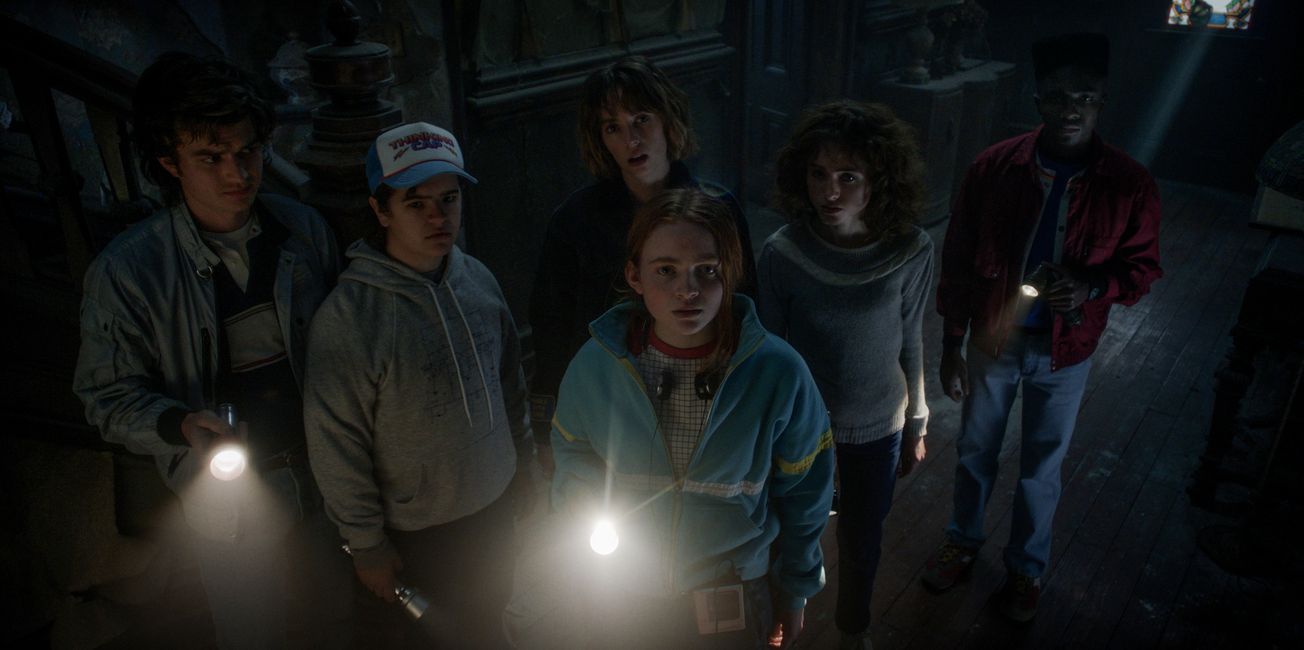By Amelia Jacob, First Year, English Literature
The agonising wait is over: the first volume of Stranger Things’ fourth season has finally arrived, almost three years after its predecessor. Satisfyingly, it is the most ambitious undertaking by the Duffer Brothers yet.
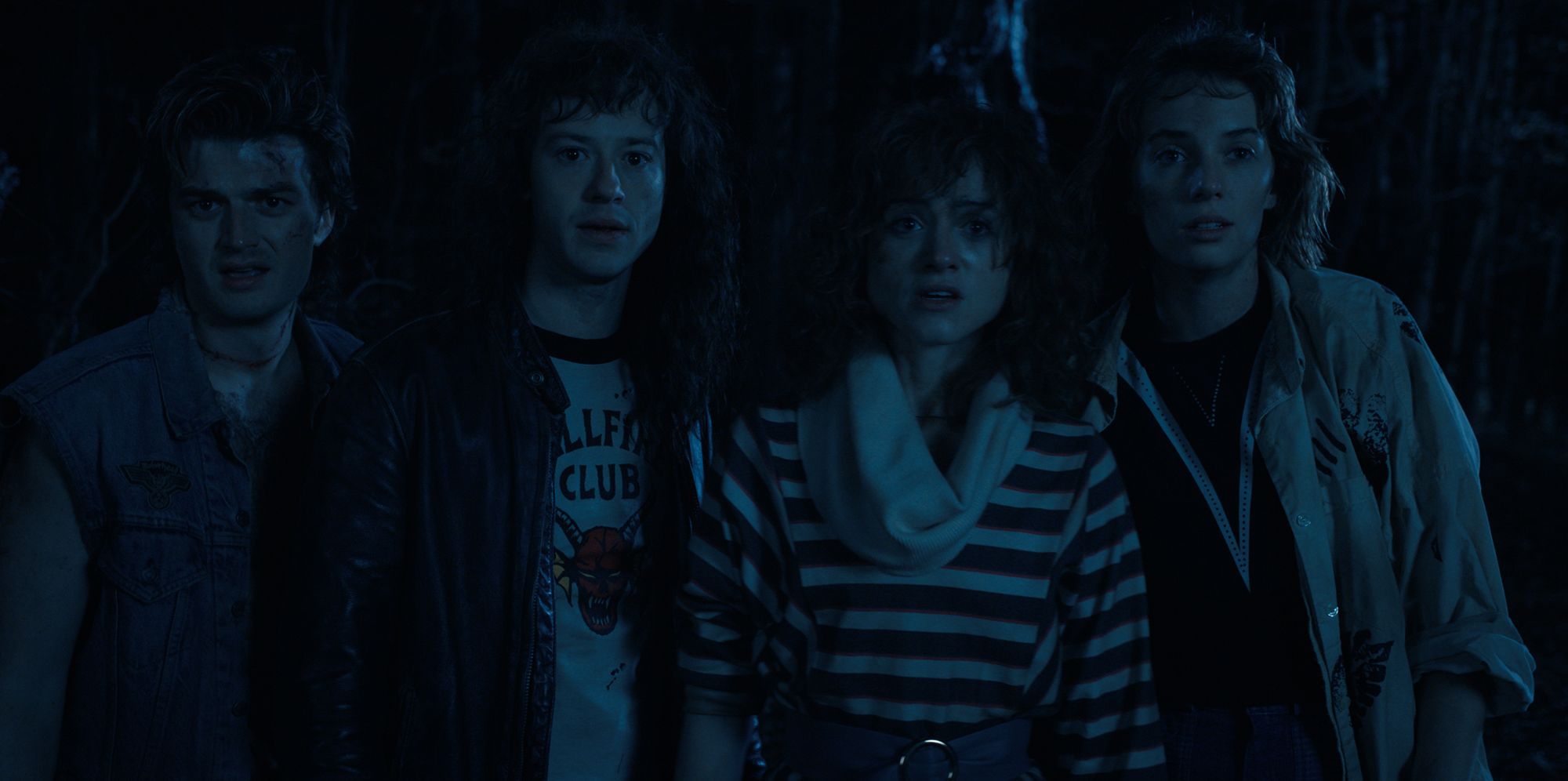
After the devastating events of last season – which culminated in a catastrophic battle between the Mindflayer, the Russian soldiers who sought to weaponise the Upside Down, and our mismatched teenage posse – the residents of the cursed town of Hawkins have attempted to move on with their lives. This involves an ill-fated move to California for Eleven with the Byers family and the new challenge of high school for Mike, Lucas, Dustin and Max.
This tenuous peace seems to last for a while until a secret message from abroad catches Joyce Byers’ attention, a supernatural killer stalks the night, and a religious mania starts to grip the fearful Hawkins inhabitants. Those poor kids, when will they catch a break?
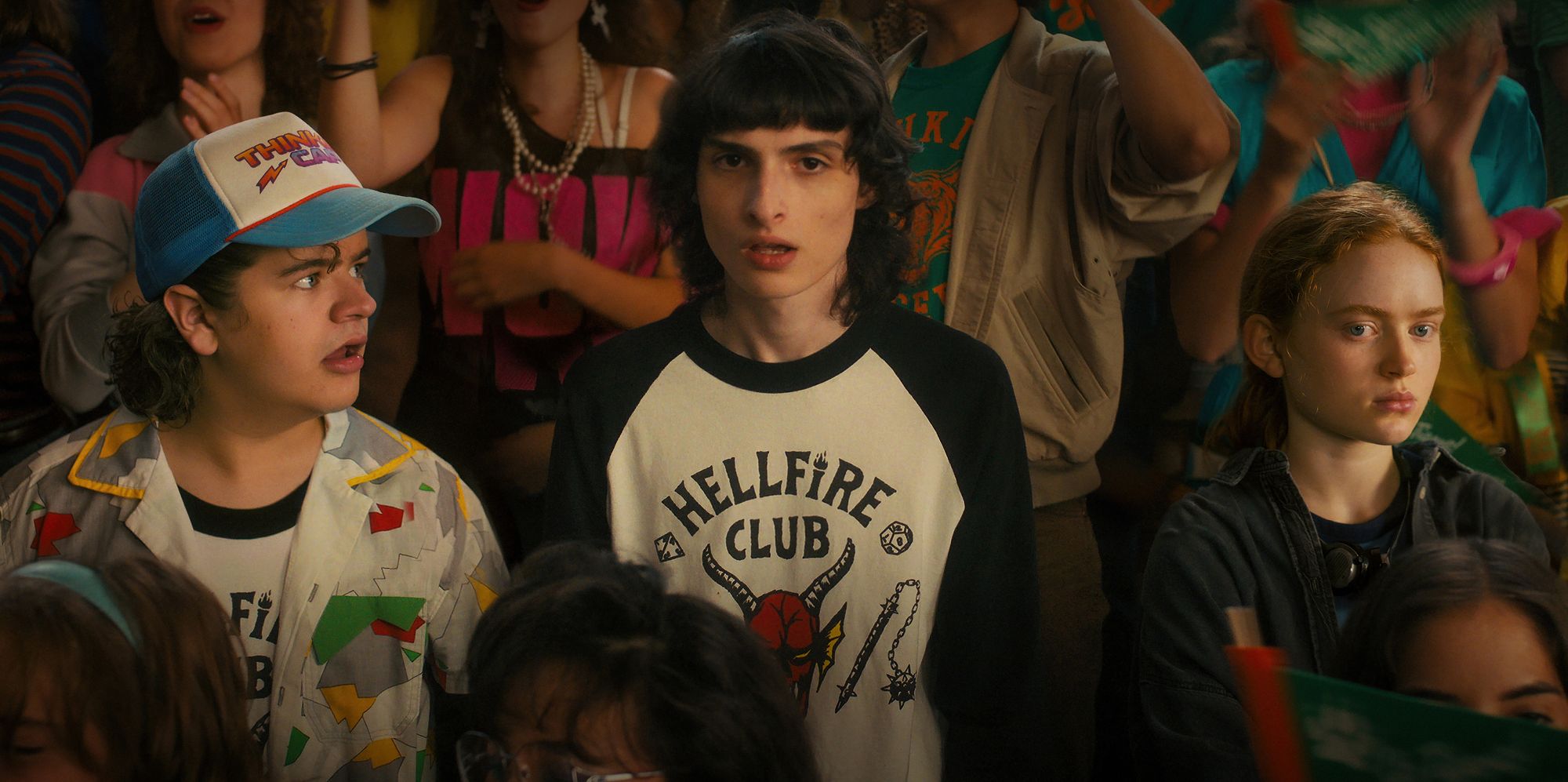
Although COVID-19 had a clear impact on the time between the third and fourth season, the breadth of the Duffer Brothers’ vision undoubtedly deserved the amount of time it took this season of Stranger Things to travel from production to screen.
Volume One takes us down a darker, winding path with intertextual horror references – think the villainous Nightmare on Elm Street (1984) meets the camp violence of Scream (1996). In this vein, Robert Englund takes on a subtle role, humorously lending his iconic and terrifying portrayal of Freddy Krueger to the shocking twists and turns of Volume One’s arc.
Even the bullying that Eleven encounters at her new school, coupled with her previous psychic abilities, strongly evokes the torturous treatment of the eponymous Carrie in Stephen King’s debut novel.
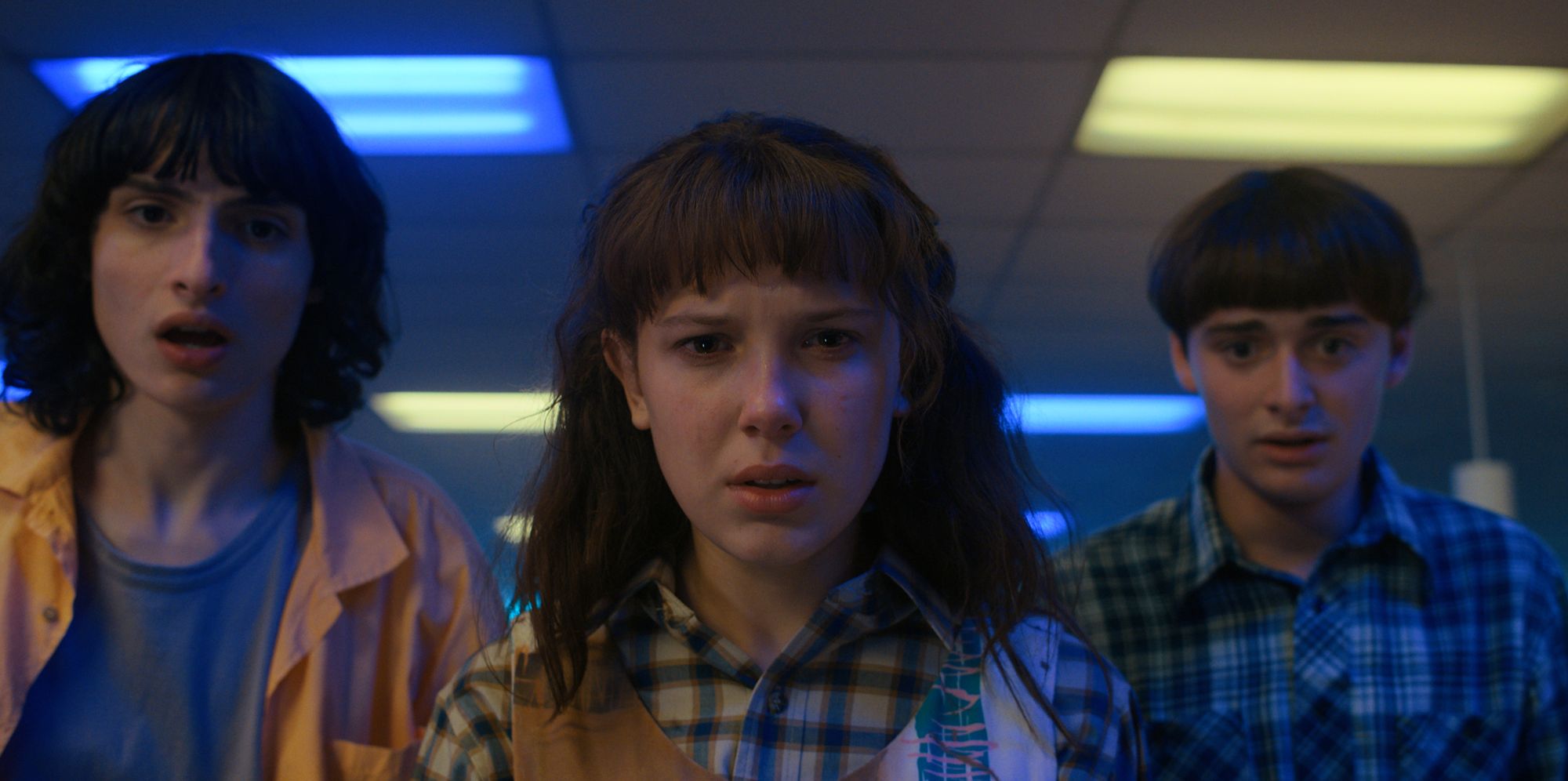
Eleven's breaking point is tragic to witness, with the audience knowing all she has been through in the previous seasons. The issues of adolescence co-exist next to the mortal danger of Stranger Things’ parallel realities in a humorous juxtaposition between the dangers the teenagers face and the mundane agony of young relationships.
The humanity of Stranger Things remains in the warm interactions between the younger group of protagonists and the older characters, who are spearheaded by Steve (Joe Keery), the permanently unlucky-in-love and self-proclaimed “babysitter” of Mike’s group of friends.
However, as the plot grows in intricacy, the locations of these characters spread out far and wide, ranging from dusty Nevada to snowy Russia.
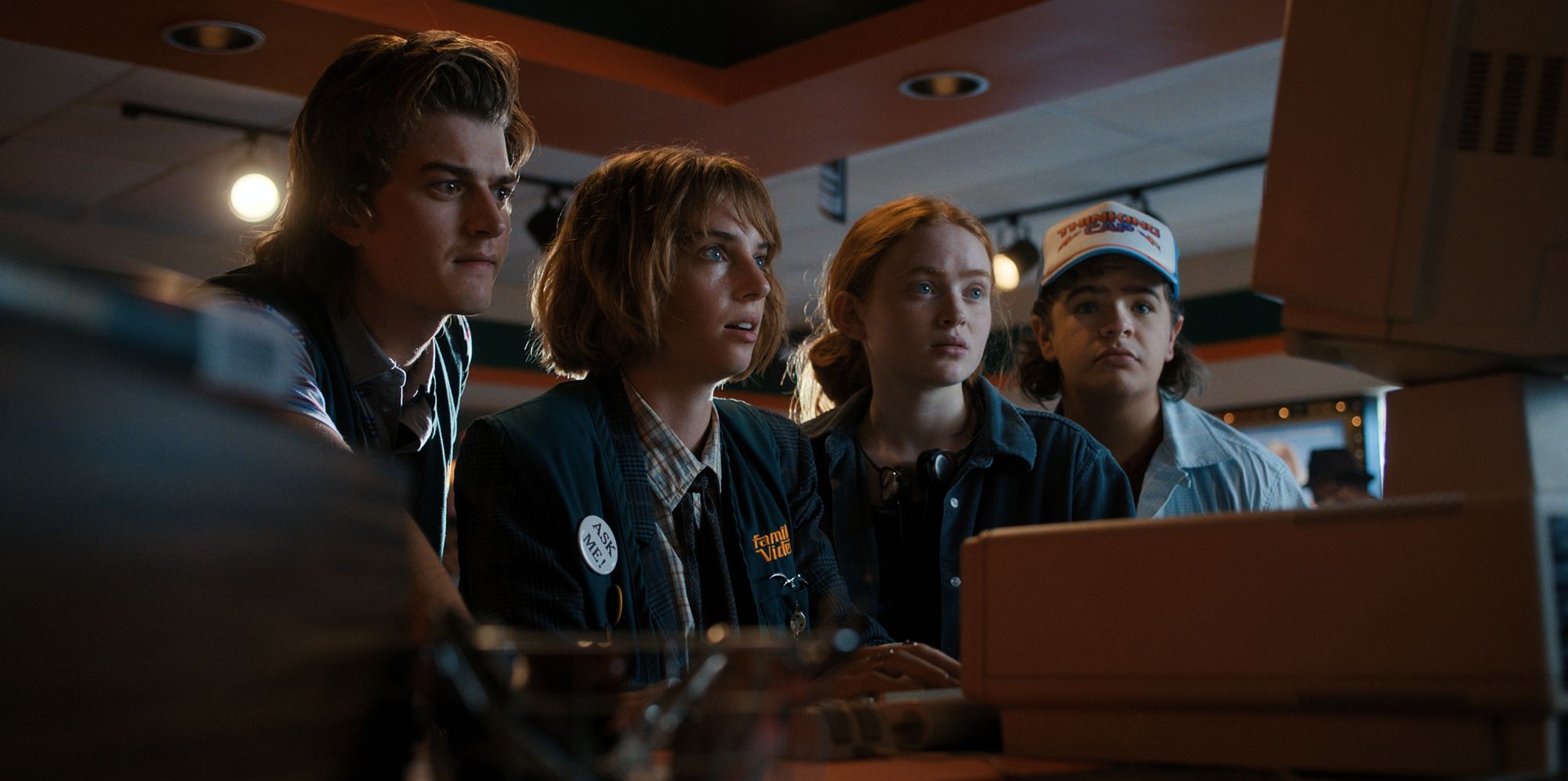
The ensemble cast is larger than ever, and these fragmented narratives sometimes slow and muddy the plot in the middle episodes, before eventually arching back towards a cohesive structure in the finale. The Russia storyline (including a resurrected Hopper, with Murray and Joyce in close pursuit) was easily the most obscure narrative, often to the detriment of the storyline.
You can’t help but think this arc had much greater potential regarding Cold War international relations, which seem particularly relevant nowadays.
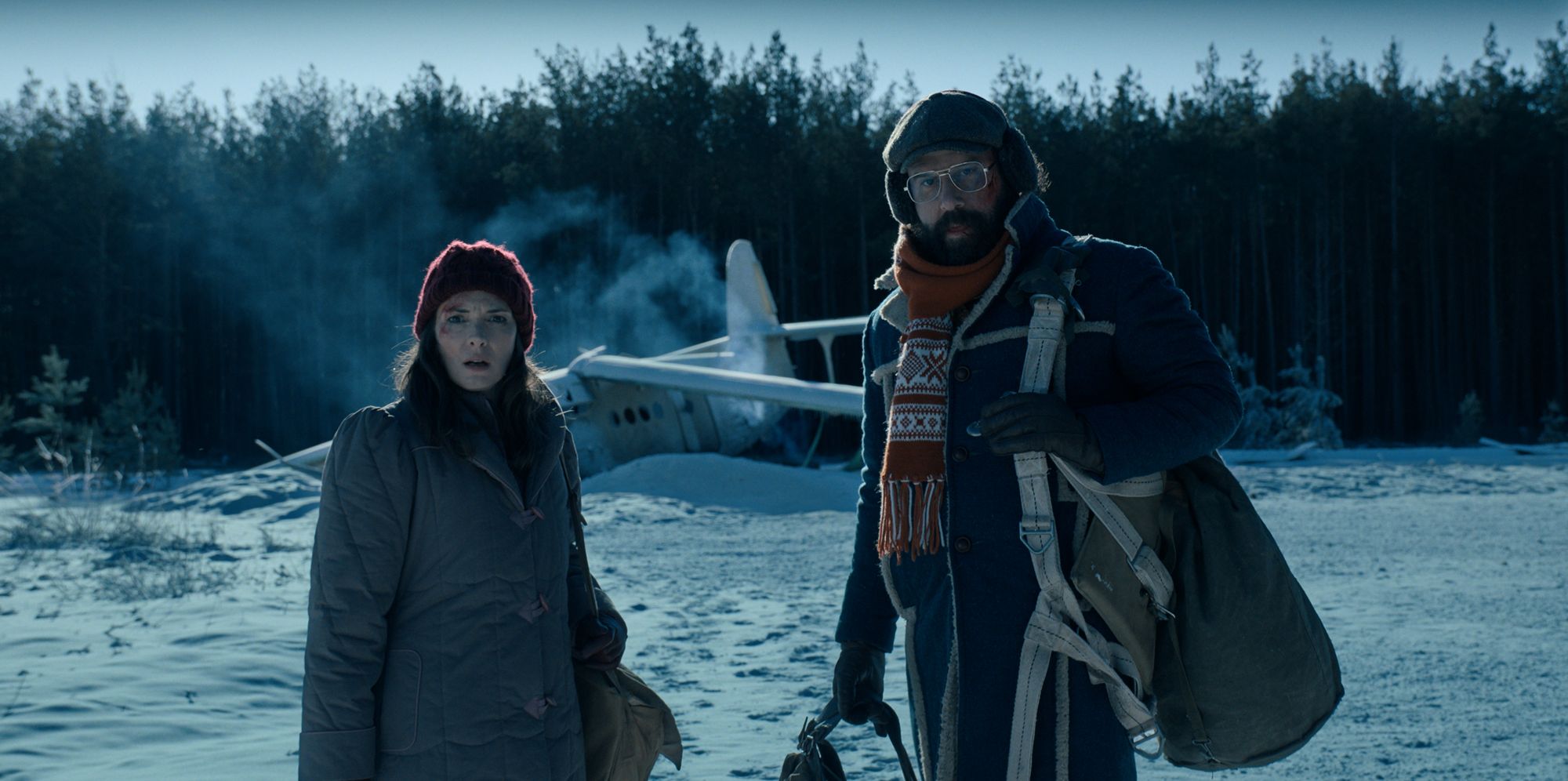
Without a doubt, the first volume of Stranger Things’ fourth season is more mature and contemplative, really diving into the psychology and traumatic legacy of the supernatural events in Hawkins.
The immaculate soundtrack – consisting of Dead or Alive’s ‘You Spin Me Round’ and Talking Heads’ ‘Psycho Killer’ amongst other greats – nicely complements the duality of the 1980s that is depicted by the show: a time caught between artificial splendour and hardship.
Stranger Things’ supernatural events remind the characters of the importance of love and friendship whilst successfully expanding the world of the show. I highly recommend you experience it for yourself.
Featured Image: IMDB
What did you think of the turn of events in this season of Stranger Things?

